The IPhone Rocks! Apple Shows U.S. Carmakers How to Dial-up Profits
Cell phones cooler than cars? No way! Way. CNW Marketing Research recently reported that thirty-two percent of today’s 16 to 29-year-olds view Apple’s new cell phone as the hot ticket to campus stardom. Only twenty percent made the same claim for a car. In fact, the survey found that any kid fortunate enough to lift an iPhone to his or her ear was guaranteed a seventy percent popularity rating. If we accept that the iPhone is the King of cool, what does Apple know that has the U.S. automobile industry doesn’t, that allows a nerdy little electronic device to trump the [formerly] ultimate symbol of adult independence?
Apple works to a relatively simple recipe: combine incredibly appealing form with reliable, user-friendly function. As Apple’s former vice president of advanced technology put it, “Attractive things work better. When you wash and wax your car, it drives better, doesn’t it? Or at least it feels like it does.” Warm fuzzies are high on Don Norman’s list of priorities, as he explained in his tome Emotional Design. “Positive emotions are critical to learning, curiosity and creative thought.”
Reflecting this ethos, Apple sweats the small stuff. In 1983, the company adopted a design language with its own “coherent visual vocabulary” to insure continuity across its products. Today, Apple devotes at least 15 percent of its hardware development process to conceptualizing the look, shape, size and feel of a new product. Most companies– in most fields– do not.
The majority of the domestic automobile industry spends precious little time coordinating / obsessing about the look and feel of the entire product (not just the sheetmetal). And that’s just wrong. Although many enthusiasts dismiss mass market motors as “appliances,” all drivers and passengers interact intimately (now, now) with their transportation. And just like computerized gizmos, a car’s design has a huge impact on our mood.
When Toyota launched Lexus, auto aficionados heard tales of ToMoCo engineers sweating minute details, from the placement and feel of the switchgear; to the tone, pitch and volume of the exhaust note; to the suspension’s rebound rate. By contrast, most domestic interior during the late ’80’s were an afterthought– as were exteriors, exhaust systems and handling dynamics.
To a greater or lesser extent, Toyota, Honda, Nissan, Audi and VW have also created handsome, aesthetically coherent products for the mass market. With rare exceptions, Detroit still doesn’t get it. You need only look at the interior of the Chevrolet Corvette to wonder why Lord, why?
Norman also revealed that Apple’s product evaluation process requires a marketing plan, engineering specifications and a user experience document. “Marketing is what people want,” Mark Rolston, senior vice president of creative at Frog Design, adds: “Engineering is what we can do; user experience is ‘Here’s how people like to do things.’”
A coherent evaluation procedure does not guarantee great products. Apple’s product development system was in place during those bleak years when Steve Jobs was in exile. Without Jobs’ presence to steer the ship, Apple’s design-by-committee free-for-all created severely compromised products.
Jobs– whom Norman describes as a “dictator with taste”– restored discipline in the development cycle. Once the concept of the final product crystallized, no deviation was permitted. Period.
How many times have car manufacturers paraded around delicious cutting-edge design concepts at auto shows– only to deliver ridiculously compromised copies in production? Well exactly. Clearly, Detroit lacks the commanders and command structure needed to fully realize its designer’s visions.
“The hardest part of design,” writes Norman “is keeping features out.” Rolston underlines the point: “[Apple] is just as smart about what they don’t do. Great products can be made more beautiful by omitting things.” The iPod, for example, has fewer features than its competitors, but its minimalist elegance makes it a success.
In the automotive arena, feature overload is rampant. In Jay Shoemaker’s recent critique of the Porsche Cayenne Turbo, the TTAC scribe was dismayed by the 39 buttons crowding around the navigation screen on the center console. For the love of the fish, it’s an SUV, not the Space Shuttle! Without a navigation officer, how’s a pilot supposed to operate the nav system while negotiating his way through traffic?
To recapture hearts and minds, automakers need to design elegant vehicles that don’t try to be all things to all people. They need to produce simple, well-engineered cars with tastefully uncomplicated driver interfaces, free from distracting superfluous accessories.
The alternative is unthinkable. Imagine a modern day American Graffiti. Bad boy Bob Falfa (Harrison Ford) sends innocent young Carol (Mackenzie Phillips) into ecstatic delirium each time he whips out his iPhone. While intimidating rival John Milner, Falfa says, “Hey you're s'posed to be the fastest thing in the Valley man, but that can't be your iPhone. It must be your mama's iPhone! I'm sorta' embarrassed to be this close to ya!”
More by William C Montgomery
Latest Car Reviews
Read moreLatest Product Reviews
Read moreRecent Comments
- SCE to AUX Fisker filed for reorganization in Austria - the end is near.https://insideevs.com/news/718875/fisker-reorganization-austria/
- Bd2 I'll watch F1 when Kia and/or Hyundai pony (pun intended) up the cash to field a class leading team. Hyundai is leading many series with the Elantra N with it's incredible 350HP Smartstream-N engine.
- MaintenanceCosts More or less an admission that the radar-only cars will never do anything that could reasonably be marketed as "Full Self-Driving."
- Bd2 The coolest true SUV on the market. Change my mind.
- VoGhost Fettle, racket, wade, throne -- what's going on with Matthew?

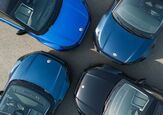














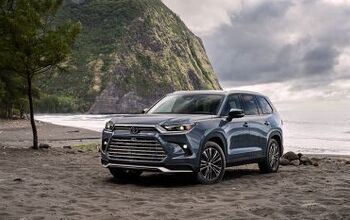

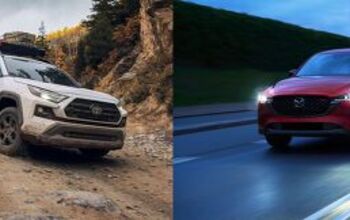
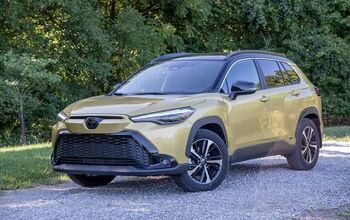
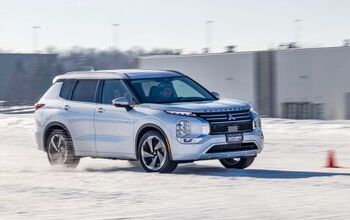
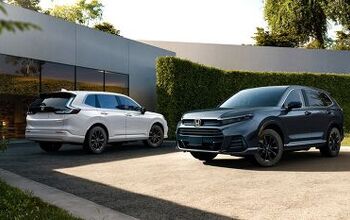

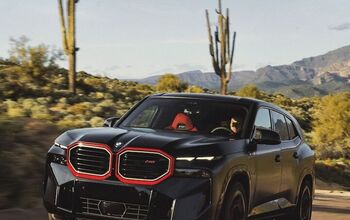
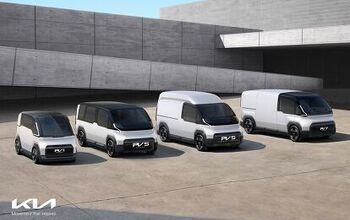
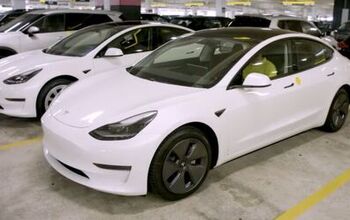


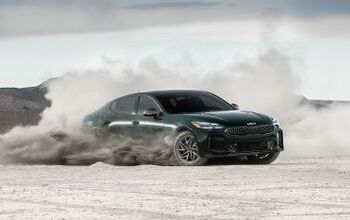
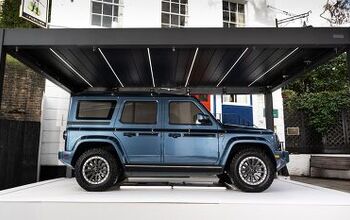
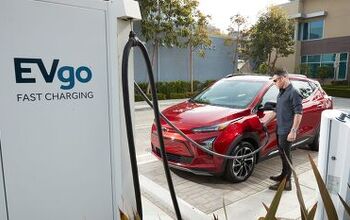
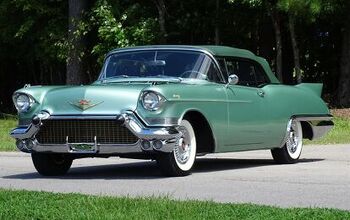

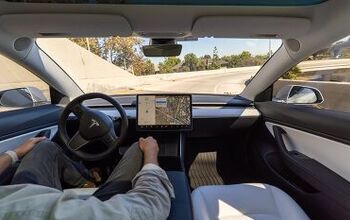
Comments
Join the conversation
Perhaps a decent comparison to the iPhone phenomenon was the first generation Audi TT, which was a big success for Audi. I'm not sure what kind of profit the car generated, but it certainly created a lot of mindshare and put the company on the map as having built something cool. The underlying technology wasn't revolutionary or even unique to the car. But the package was brilliant. Both the interior and exterior were clean and simplistic. It wasn't the best car for the money, not the fastest, not the nimblest, kind of heavy, maybe underpowered, shared underpinnings with much less expensive cars, assembled in Hungary (gasp!) etc. etc. But you know what? People wanted to buy it. So yes, design matters. If Detroit could just design cars that people actually want to buy, instead of the generic transportation that no one feels a positive emotion about, people gladly throw money at it. Someone else already said it earlier. If they would actually build the concept models they show, the number one selling feature wouldn't be how much factory incentive a buyer can get.
Apropos of nothing in particular: Apple Third in PC Market Share With sales up significantly.